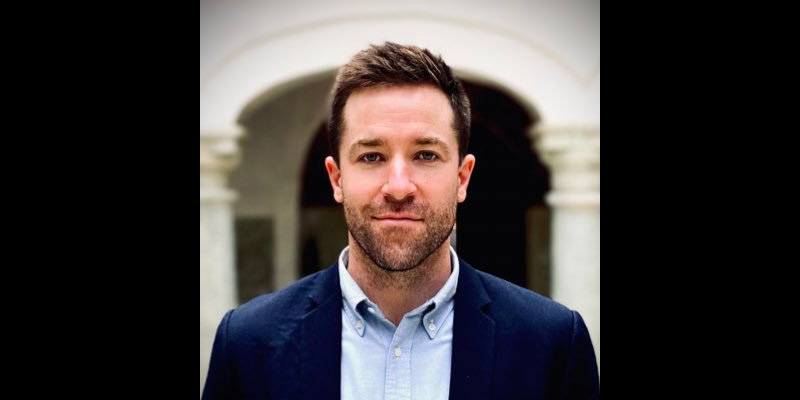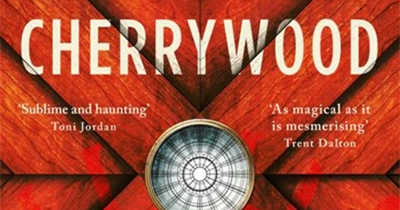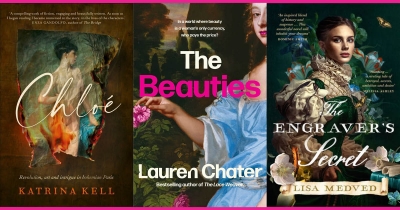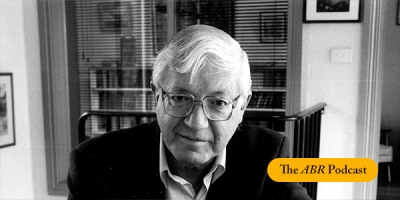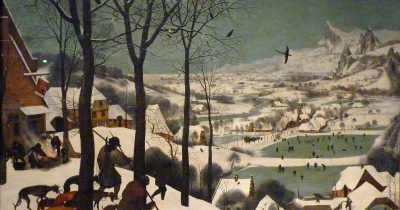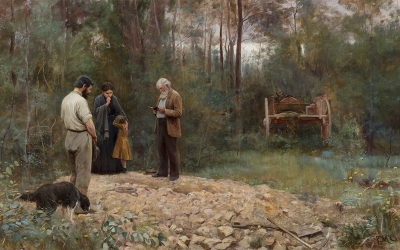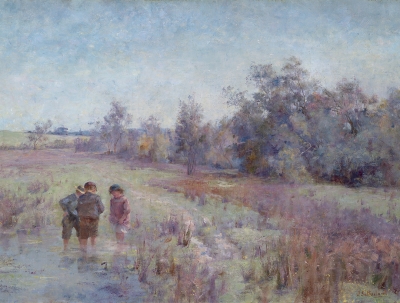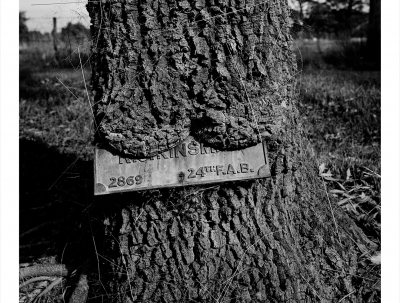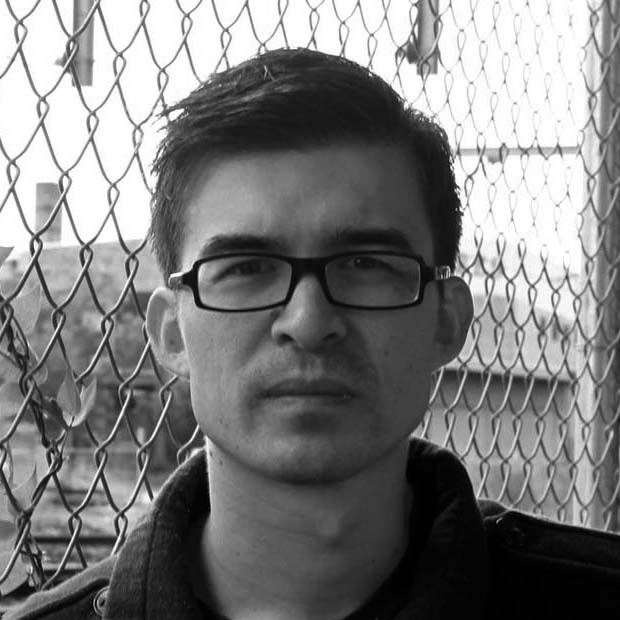Accessibility Tools
- Content scaling 100%
- Font size 100%
- Line height 100%
- Letter spacing 100%
A Frances Johnson
The ABR Podcast
Released every Thursday, the ABR podcast features our finest reviews, poetry, fiction, interviews, and commentary.
Subscribe via iTunes, Stitcher, Google, or Spotify, or search for ‘The ABR Podcast’ on your favourite podcast app.
The red thread: Xi Jinping’s ideology of power
by Neil Thomas
This week on The ABR Podcast, Neil Thomas reviews On Xi Jinping: How Xi’s Marxist Nationalism is shaping China and the world by Kevin Rudd. Thomas explains that even China watchers find it hard to be clear on the thoughts and plans of the leader of the Chinese Communist Party. They disagree, he tells us, on basic, critical questions, such as for how long Xi will rule. ‘Enter Kevin Rudd’, Thomas writes. ‘In his latest book, former prime minister Kevin Rudd adds a worthy new chapter to his life of public service, digesting thousands of pages of “Xi Jinping Thought” so that you do not have to’. Neil Thomas is a Fellow on Chinese Politics at Asia Society Policy Institute’s Center for China Analysis in Washington DC. Here is Neil Thomas with 'The red thread: Xi Jinping's ideology of power' by Neil Thomas, published in the December issue of ABR.
Recent episodes:
The Engraver’s Secret by Lisa Medved & Chloé by Katrina Kell
This week on the ABR Podcast we celebrate twenty years of the Peter Porter Poetry Prize with readings from six winners. We invited these poets to reflect on the prize and their winning poems. Hear fresh readings from Judith Beveridge, A. Frances Johnson, Damen O’Brien, Sara M. Saleh, Alex Skovron and Judith Bishop. The 2024 Porter Prize, worth a total of $10,000, closes on October 9.
... (read more)'Painted Weather', a new poem by A. Frances Johnson.
... (read more)Girl in a Pink Dress by Kylie Needham & The Prize by Kim E. Anderson
Frederick McCubbin – Whisperings in wattle boughs
Frederick McCubbin (1855–1917), otherwise known as ‘The Proff’, was only a sometime plein-airiste at the Box Hill artists’ camp. He never made it out to Eaglemont and Heidelberg, as curator and historian Anna Gray has shown, debunking mythic accretions of place around the venerated so-called Heidelberg School. Boxhill/Lilydale, laid down in 1882, was McCubbin’s trainline of choice. He was also a studio artist given to creating a tightly controlled narrative mise en scène. As Andrew McKenzie has revealed, McCubbin built a faux grave in his backyard at his home in Rathmines Street, Hawthorn, dragooning his wife, Annie, to play the female mourner for Bush Burial (1990). The bearded elder was possibly John Dunne, a picaresque character whom McCubbin purportedly accosted on a city street. Artist friend Louis Abrahams played the young male mourner. The young girl is not identified. Nor the sorrowful dog.
... (read more)I have frequented too often the gift shops of Australian Impressionism. Back in 1985, I mooned over David Davies’ Templestowe twilight scene before purchasing the corresponding tea towel (for my mum), Fire’s On placemats with matching coasters (for my dad), and lost child mugs (for my siblings, only one of whom took offence).
... (read more)Postwar memorial gardens can be found the world over. Gardens scholar Paul Gough has noted how planted memory is an essential aspect of future remembering; gardens create inclusive spaces that rely on participation and careful nurturing to ensure that memory stays ‘alert, relevant and passed on from generation to generation’. The dedicated memory garden at Melbourne’s Shrine of Remembrance is a site of ritual remembering of equal importance to sites such as Anzac Head in Turkey. Gough argues that the front can be symbolically transplanted. Objects, seeds, letters, and small packages of soil were often bought home, particularly where bodily remains could not be retrieved.
... (read more)
